European automotive manufacturers are building digitally integrated production systems across their global operations to increase resilience, reduce emissions and prepare for new vehicle architectures and future technologies
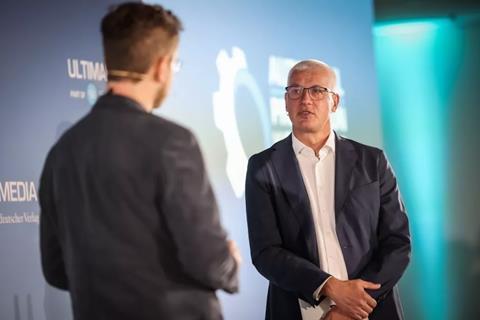
In automotive production, isolated approaches are fast becoming obsolete. Where once headquarters dictated direction, today’s competitive environment demands distributed innovation and local agility. For manufacturers and suppliers operating across complex global networks, digitalisation is no longer a future goal. It is an operational necessity.
“Digitalisation in production must no longer be a centrally controlled concept from headquarters,” said Arno Güllering, Chief Operations Officer at Dräxlmaier, speaking at the Automobil Produktion and AMS Kongress 2025 in Munich. “What counts today is a decentralised, employee-driven innovation culture that is globally networked, capable of learning, and close to the processes.”
Dräxlmaier, originally known for interior components, has since evolved into a global player in high-voltage battery systems and wiring harnesses. Its wiring harness business is emblematic of the increasing complexity of the vehicle electrical system, with each new vehicle requiring a unique configuration. “We live in challenging times - and that’s why we need digitalisation,” said Güllering.
”There are hundreds of use cases worldwide where AI takes over quality assurance. This brings us accuracy, efficiency, and flexibility”
- Michael Nikolaides, Head of Production Network and Logistics, BMW
At the heart of Dräxlmaier’s response is a company-wide digital strategy built around the Digital Operations Initiative. This includes 99 sub-modules that integrate areas from sales to procurement and extends across 60 plants with 70,000 employees. The framework rests on a maturity model that ranges from connectivity and monitoring to fully autonomous automation.
Since 2016, Dräxlmaier has relied on OPC UA (Open Platform Communications Unified Architecture) standards for secure, interoperable machine communication. Semantic data consistency was achieved in 2019, a milestone that allows the company to generate meaningful, evaluative insights across its operations. This foundation now supports AI and machine learning tools, and the company expects digital systems to generate annual efficiency gains of five to seven percent.
Digitalisation is as much cultural as technological, Güllering emphasised. The shift requires innovation to flow both from plants to headquarters and vice versa. “Innovation must flow from the locations to headquarters and back,” he said. The goal is an integrated digital ecosystem connecting ERP, HR, finance, and supply chain systems. AI is included in this roadmap but is not seen as a silver bullet. Dräxlmaier is currently piloting a generative AI solution using Microsoft Copilot to develop a new maintenance tool capable of tracking equipment history, managing spare parts and predicting downtime (read more on Dräxlmaier’s AI roadmap and production strategy in an exclusive interview with Arno Güllering).
Where Smart Manufacturing Gets Real
Join leaders from GM, Ford, VW, Stellantis, Toyota, Bosch and more at Automotive Manufacturing North America, 22–23 October 2025, The Henry Hotel, Detroit.
Discover how the industry’s frontrunners are digitalising, decarbonising and redefining production – not in theory, but in practice.
Your next competitive edge may already be on stage…
Book your tickets now and reserve your space at North America’s Premier Automotive Production Event
Where economy meets ecology
The push for digital transformation is being driven by sustainability as much as by efficiency. “By gradually replacing fossil fuels with renewable sources, we are increasing our energy efficiency and at the same time becoming less dependent on volatile energy prices,” said Sara Gielen, who heads the Mercedes-Benz plant in Sindelfingen. Her mandate is to modernise production while preserving the 110-year-old site’s legacy as the origin of the carmaker’s luxury segment.
Sustainability at Sindelfingen is measured in operational and financial terms. Waste prevention, recycling and renewable energy are integral to the factory’s strategy. The flagship Factory 56, inaugurated in 2020 with €730 million ($823m) in investment, serves as a template for future-oriented production. It features two flexible ‘Tech Lines’, 400 autonomous transport systems for just-in-time logistics, and the MO360 digital platform, which consolidates production data in a standardised and user-friendly interface.

Mercedes-Benz broke ground in April on a new digitalised, low-emission paint shop at the site, with significant investment to match. “Here, too, we are focusing on digitalisation, Industry 4.0 technologies, and consistent sustainability,” said Gielen. Powered entirely by renewable electricity, the facility will feature a 20,000 sq.m solar array, intelligent heating systems, and an energy-efficient building envelope.
Gielen noted that digitalisation is only possible with people. “But that’s precisely our mission: to become more efficient, to improve - together.” For the plant manager, team spirit, digital tools and progressive leadership are the levers to drive continuous adaptation. “Sometimes it takes courage to question existing structures and allay people’s fear of the new,” she said.
From virtualisation to humanoid robotics

BMW’s Michael Nikolaides, Head of Production Network and Logistics, also underscored the central role of people, even in highly automated systems. At the same conference, he outlined how the company is preparing for the launch of the Neue Klasse platform, using advanced robotics, AI and digital tools. At BMW, this transformation is defined as “performing while transforming”.
BMW’s production strategy is guided by its iFACTORY concept, structured across three dimensions. The first is virtualisation, where digital twins allow production systems to be designed and tested before physical implementation. “This saves time and money, and significantly increases efficiency,” said Nikolaides. Second is the use of AI, particularly in quality control. “There are hundreds of use cases worldwide where AI takes over quality assurance. This brings us accuracy, efficiency, and flexibility,” he added.
The third dimension is the degree of automation. At BMW, intelligent intralogistics is supported by autonomous vehicles and the robotics company IDEALworks, which now operates over 600 smart transport robots. These systems function without prior programming and are joined by autonomous forklifts and tugger trains.
Read more Digital Production stories
- Smart factories reshape automotive job roles
- How Digital threads weave together connected car factories
- Future-ready: BMW’s digital transformation of its Munich plant and beyond
- Digital twins are catalysts for automotive production strategies
BMW has used robotics for decades, but the scale and sophistication are accelerating. The Munich plant had 400 robots in 1982. Today it has around 1,200. With the Neue Klasse ramp-up, that figure will surpass 2,000. “They call it the ‘dance of the robots’. It’s impressive to see how they work together in coordination,” said Nikolaides. He sees even greater potential in combining robotics with AI.
The company is already working with Boston Dynamics. At its UK plant, the dog-like robot “SpOTTO” is conducting inspections. At BMW’s Spartanburg facility in the US, pilot projects with humanoid robots are underway in the body shop. “The potential is enormous,” said Nikolaides, while noting that the technology is still in its early stages.
BMW’s approach suggests that digitalisation does not mean replacing workers, but redefining their roles. Many forklift drivers no longer drive vehicles, but instead take up roles in IT, control, and maintenance. It is a shift that combines precision automation with human oversight - and represents the next phase of smart manufacturing.

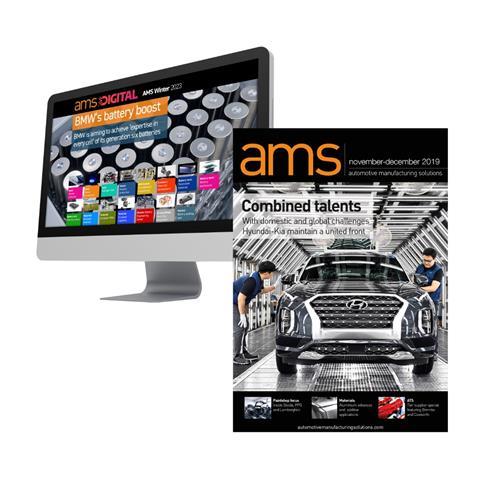
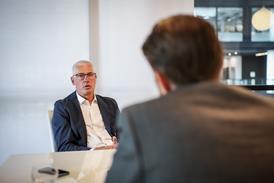

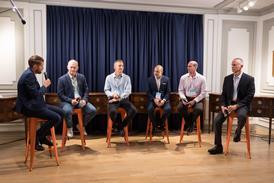


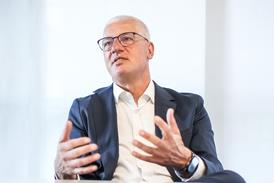



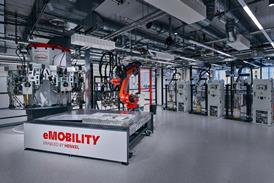


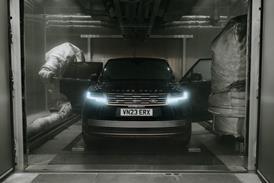
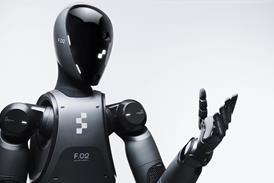
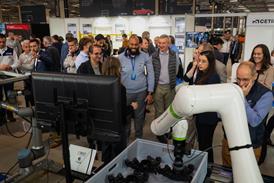

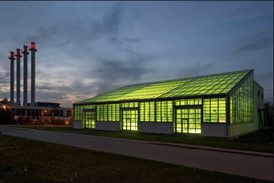
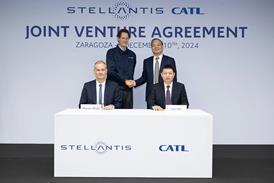
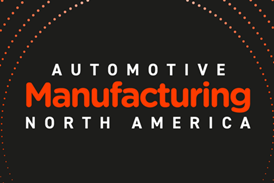
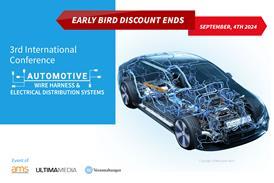
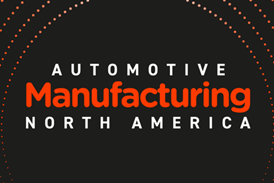


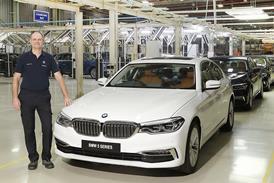
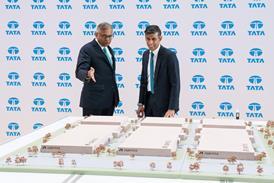

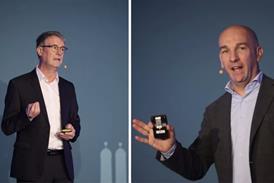
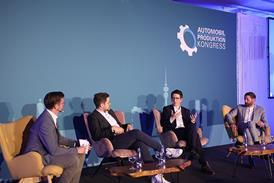

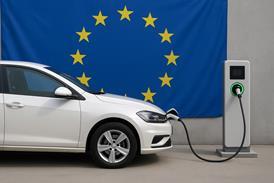
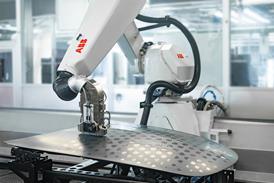
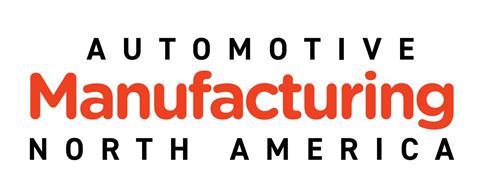

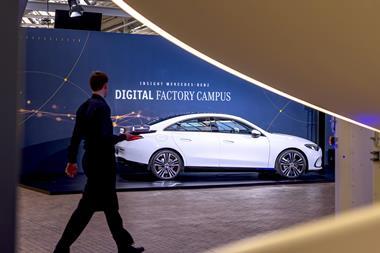
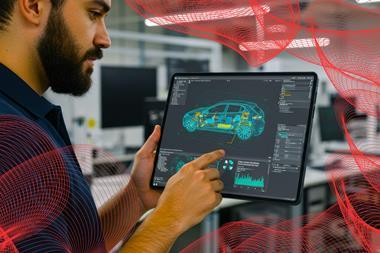

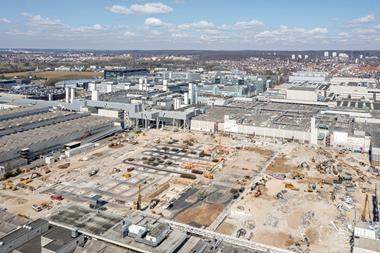
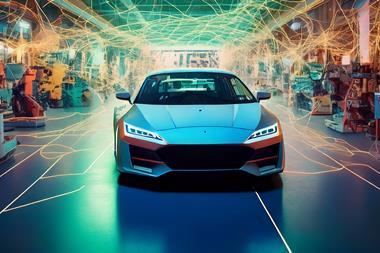



No comments yet